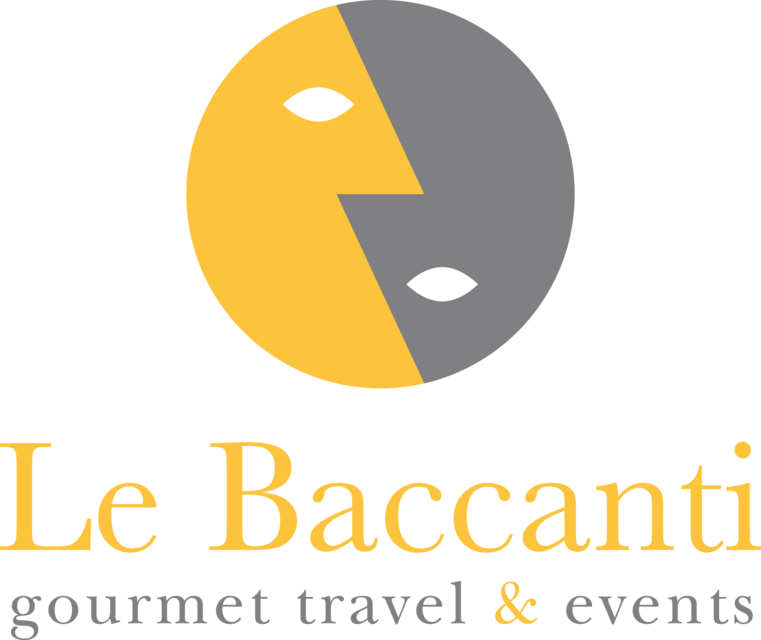Three favourite sons rather than compressed history will be the theme of this set of notes, but we do first need thumbnail backdrops for a thumbnail stage.Etruscan long before it had become the Roman colony of Aretium in about 280 Before Our Era, Arezzo suffered the fate weeurove sketched in the case of other Tuscan centres. It flourished and declined with the Roman Empire and decayed into barbarity after Goths had destroyed what was left of Rome the capital in 476. Under the slow but steady Europe-wide reawakening of civilisation during the eighth to tenth centuries, it re-emerged with new social, political, military and architectural energies, and between 1000 and 1250 developed into a walled, armed and prosperous comune (coh-moo-neh), an independent city-state many of whose constructions have survived. But in 1321 the city and the lands it controlled, approximately todayeuros province of Arezzo, fell under the total and permanent domination of Florence. Great constructions and many enduring works of art and literature were created there in succeeding centuries, but Aretine economic, political and military autonomy was subordinated to the interests of the grand-dukes of Florence: of the House of Medici until 1737, thereafter until 1870 of the House of Lorena. Piero della Francesca, one of the four cardinal figures of Renaissance painting, was not really a native son but a native cousin, so to speak: he was born in nearby San Sepolcro between 1406 and 1420 and died there in 1492. He is intimately, though not uniquely, associated with Arezzo, where his great cycle of alfresco paintings Story of the Holy Cross, partly damaged by neglect in 1600-1800 and by clumsy eurorestorationseuro in the 1850euros, dominates one apse of the church of San Francesco. Visitors are advised to bring binoculars.Giorgio Vasari was a native son, born in Arezzo in 1511, died in Florence in 1574 on the eve of his last departure for Arezzo (he knew he was dying), a three-day journey in a springless travelling wagon over steep, pot-holed, rocky and winding roads that to us would be mule trails. Painter and architect of many surviving works in Florence, Rome and Arezzo, among them most signally the Uffizi in Florence and the great loggia at the upper end of the Piazza Grande in Arezzo, his greatest claim to fame is as author of Le vite dei pi eccellenti pittori, scultoi ed architettori, euroThe Lives of the Most Excellent Painters, Sculptors and Architectseuro, written and first printed in 1550, then reprinted posthumously with his annotations and corrections in 1588, and innumerable times in all civilised languages then and since then. This masterwork, together with his voluminous, well-preserved correspondence with many of the worldeuros greater and lesser notables, offers more penetrating insight into the arts and daily existence of the Cinquecento than any other single source. The Lives, available in Penguin paperbacks, make lively, often page-turner reading. Giorgio Vasari was certainly one of the fifty most creative and influential men of his time.Guido Monaco, = Guido the monk, born in Arezzo in about 990, died there in 1053, is the founder of modern musical notation. Readers will know that whilst the notes of the basic scale are C, D, E, F, G, A and B in the Anglo-Saxon cultures, among speakers of Neo-Latin languages Italian, French, Spanish, Portuguese and Romanian, including all Latin-Americans and, by spin-off, millions of Asians and Africans they are Do (originally and still in French, Ut), Re, Mi, Fa, Sol, La and Si. These derive from the order brought into the prevailing universal tonal or rather atonal chaos by Guido, who taught his choirs to intone the correct intervals according to the first syllables of the first six lines of Ut quaeant laxis, a universally known Latin hymn to Saint John, the first words of each line being Ut, Resonare, Mira, Famuli, Solve and Labii. The Si was added later. Guido also invented the four-line staff, which endured into Bacheuros time, and the various key signatures by letter, so that the tonal intervals of a melody could be written, transmitted and read with certainty, without need for transmittal by living messenger who had learnt it by heart. Although German musicians gradually switched to the names C, D, E, andc., for reasons needless to explore here, and other Germanic cultures followed suit, all the rest of Guidoeuros system has survived, with modifications as needed (one being the addition of the fifth line to the staff by 1550). It is all very well and good to say that if not Guido there and then, then someone else elsewhere a year later, et cetera that can be said of any invention or discovery. The fact remains that every piece of music weeurove ever heard has been preserved by the genius labours of Guido the monk of Arezzo, nearly a thousand years ago.




